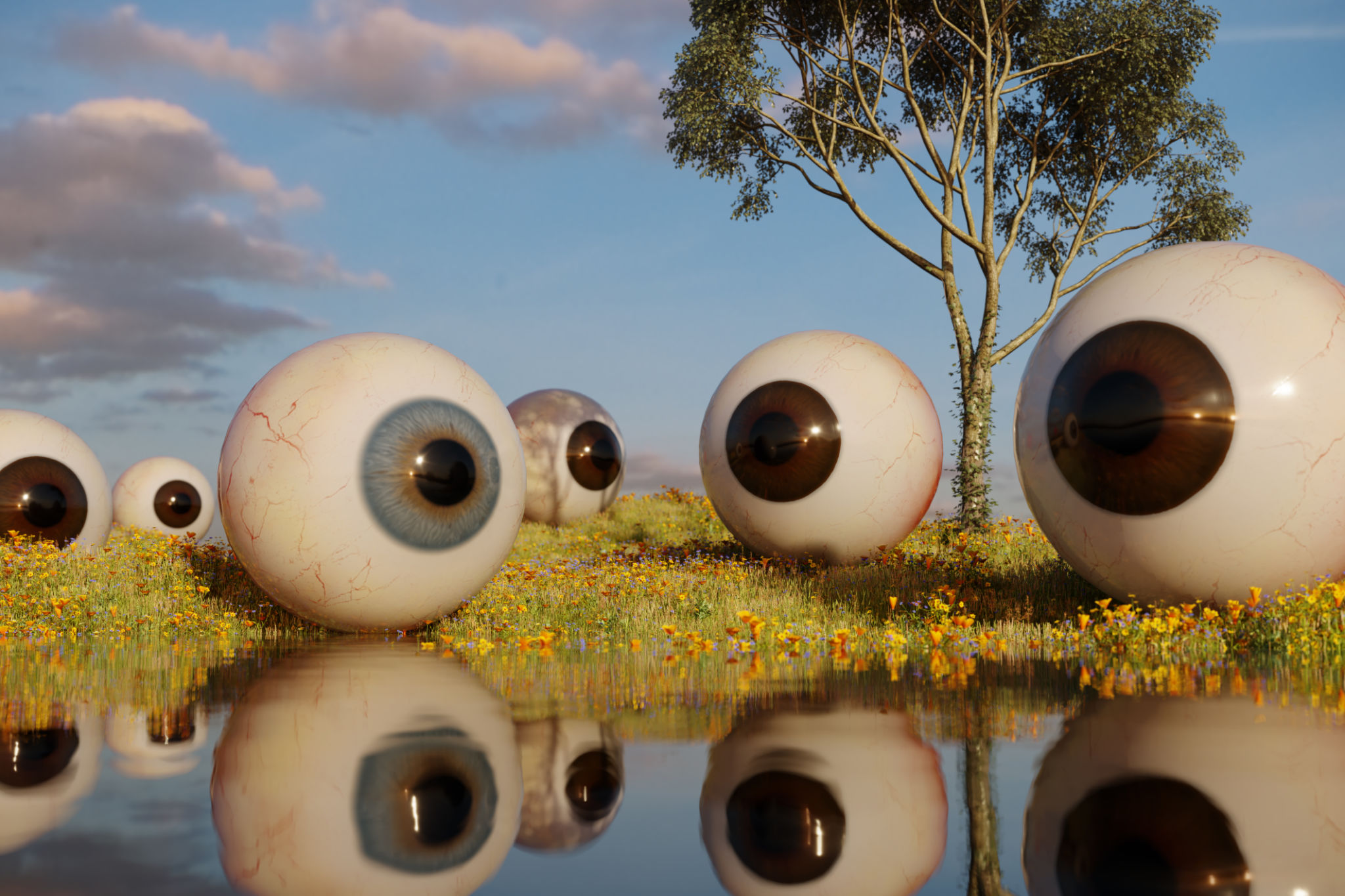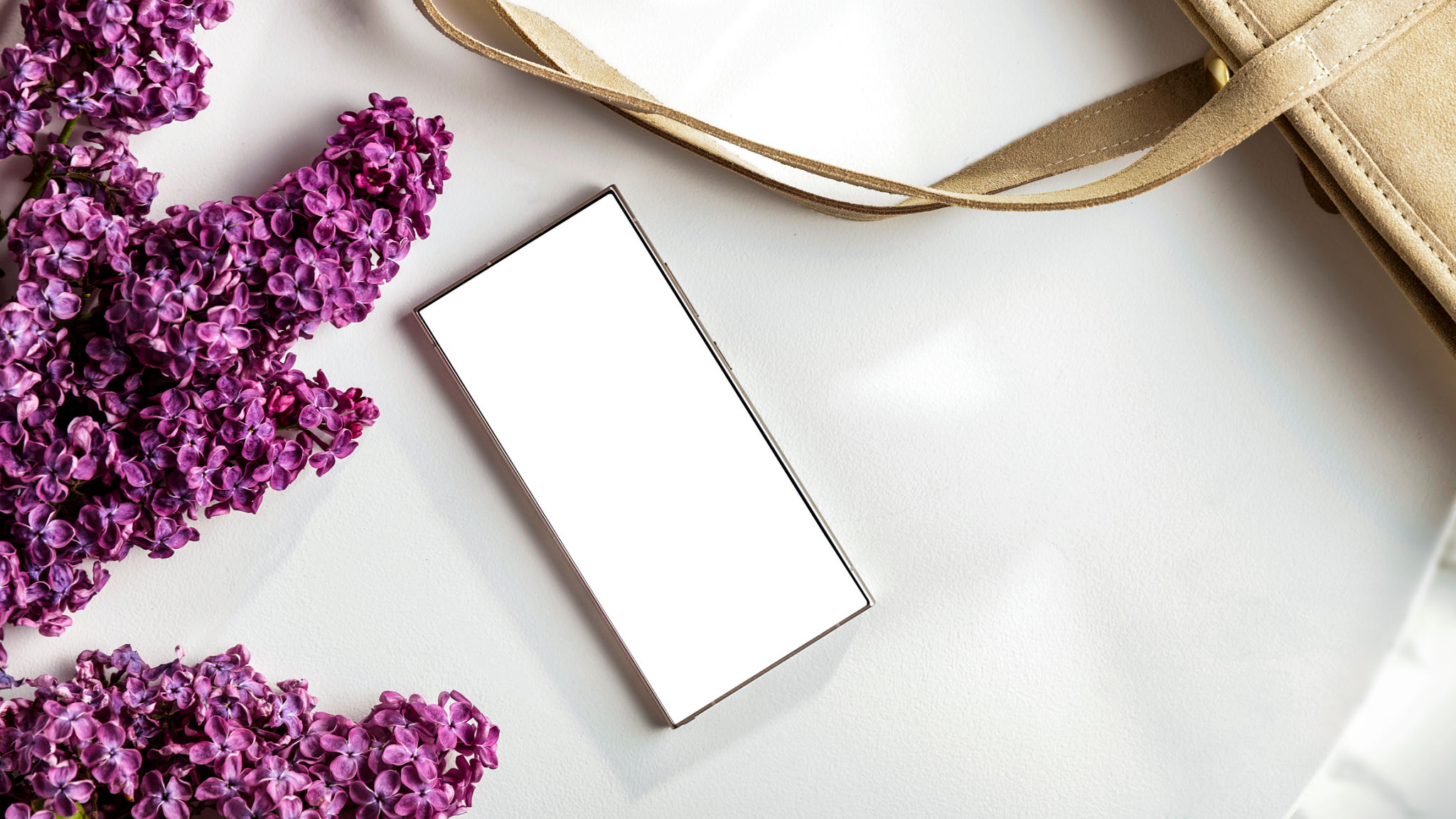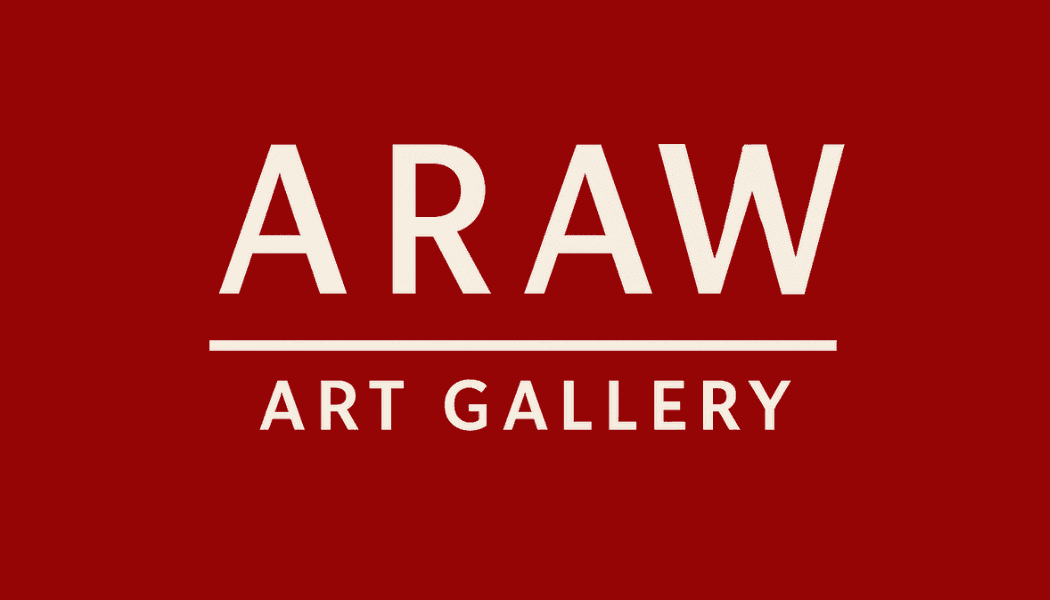Behind the Scenes: Curating an Art Exhibition
Introduction to Art Exhibition Curation
Curating an art exhibition is a captivating journey that involves creativity, strategy, and meticulous planning. The process of bringing together a cohesive and engaging collection of artworks is both an art and a science, requiring a deep understanding of the theme, the artists, and the audience.
Behind the polished veneer of an art exhibition lies a complex and dynamic process. From selecting artworks to designing the layout, every detail contributes to creating a memorable experience for attendees. This blog post will take you behind the scenes to explore the fascinating world of art curation.

Conceptualizing the Exhibition Theme
Every successful art exhibition begins with a strong concept or theme. This theme acts as a guiding principle for selecting artworks and shaping the overall narrative. Curators often draw inspiration from various sources, such as cultural trends, historical events, or societal issues, to develop a theme that resonates with the audience.
Once a theme is established, it’s crucial to ensure that each piece of artwork aligns with this overarching idea. This involves researching artists and their works to determine which pieces will best communicate the intended message. Curators must be adept at storytelling, weaving together diverse artworks into a cohesive narrative.
Selecting and Securing Artworks
The selection process is one of the most critical stages of curating an exhibition. Curators must evaluate potential artworks based on aesthetic appeal, relevance to the theme, and logistical considerations such as size and availability. Building relationships with artists and galleries is essential during this phase to secure the desired pieces.

Once the selection is made, logistical arrangements for transport and installation must be carefully coordinated. This involves working closely with artists, galleries, and installation teams to ensure each piece is handled with care and precision.
Designing the Exhibition Layout
The layout of an exhibition can significantly impact how visitors perceive and interact with the art. Curators must thoughtfully consider how artworks are arranged within the space to guide the viewer’s journey. This involves balancing visual harmony with thematic progression.
Creating an Engaging Visitor Experience
An effective exhibition layout will encourage visitors to connect with each piece on a deeper level. Using principles of design such as balance, contrast, and rhythm, curators can create an immersive environment that captivates and inspires. Lighting, signage, and interactive elements also play crucial roles in enhancing the visitor experience.

Promoting the Exhibition
Once the exhibition is set up, promoting it becomes the next priority. Effective marketing strategies are essential to attract visitors and generate buzz. This includes creating compelling promotional materials, leveraging social media platforms, and organizing opening events that draw attention to the exhibition.
Collaborating with influencers, media outlets, and cultural institutions can amplify outreach efforts and reach wider audiences. An engaging exhibition not only showcases art but also fosters community engagement and dialogue.
Conclusion: The Curator's Role
Curating an art exhibition is an intricate process that demands creativity, vision, and collaboration. A curator's role is multifaceted, encompassing everything from concept development to execution. By carefully considering each element of the exhibition, curators can create experiences that leave lasting impressions on visitors.
As you explore art exhibitions in the future, take a moment to appreciate the behind-the-scenes efforts that bring these captivating displays to life. Understanding this process enriches your experience as a viewer and deepens your appreciation for the art itself.
